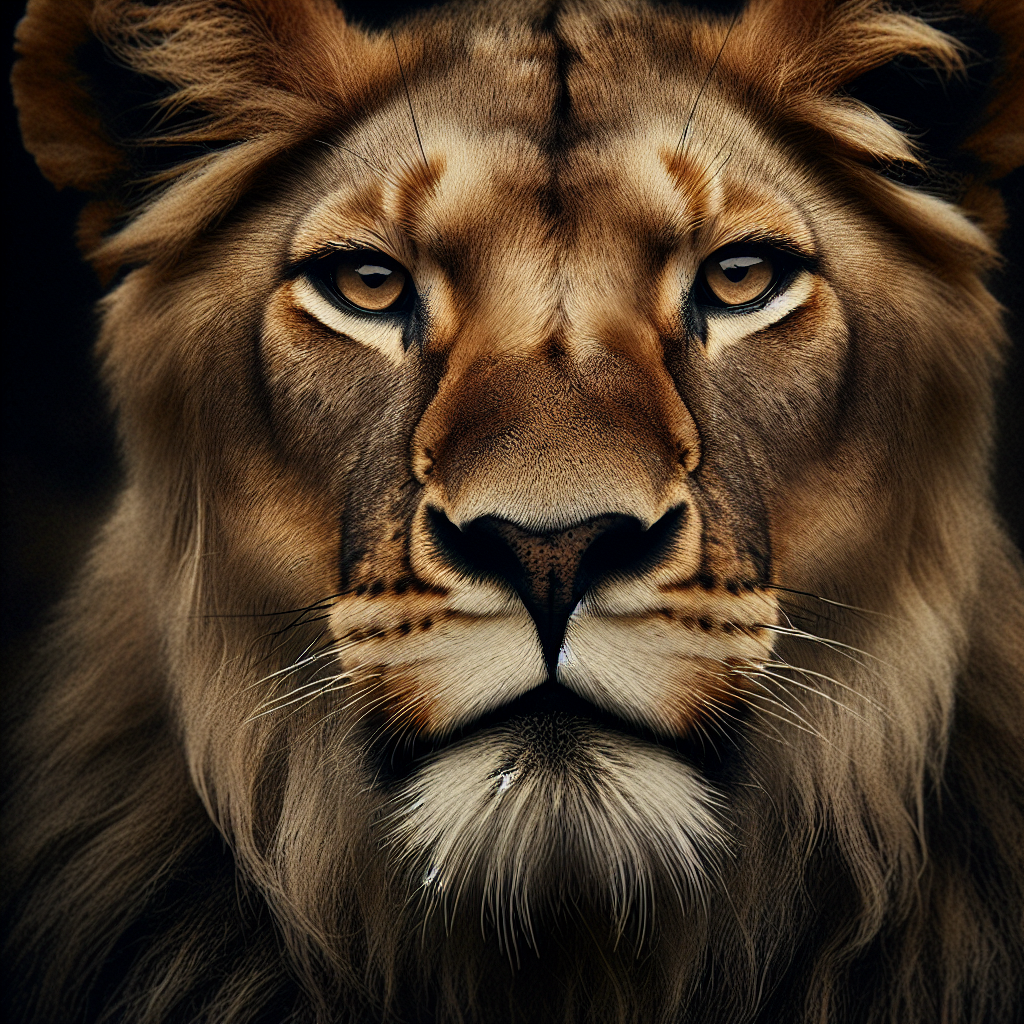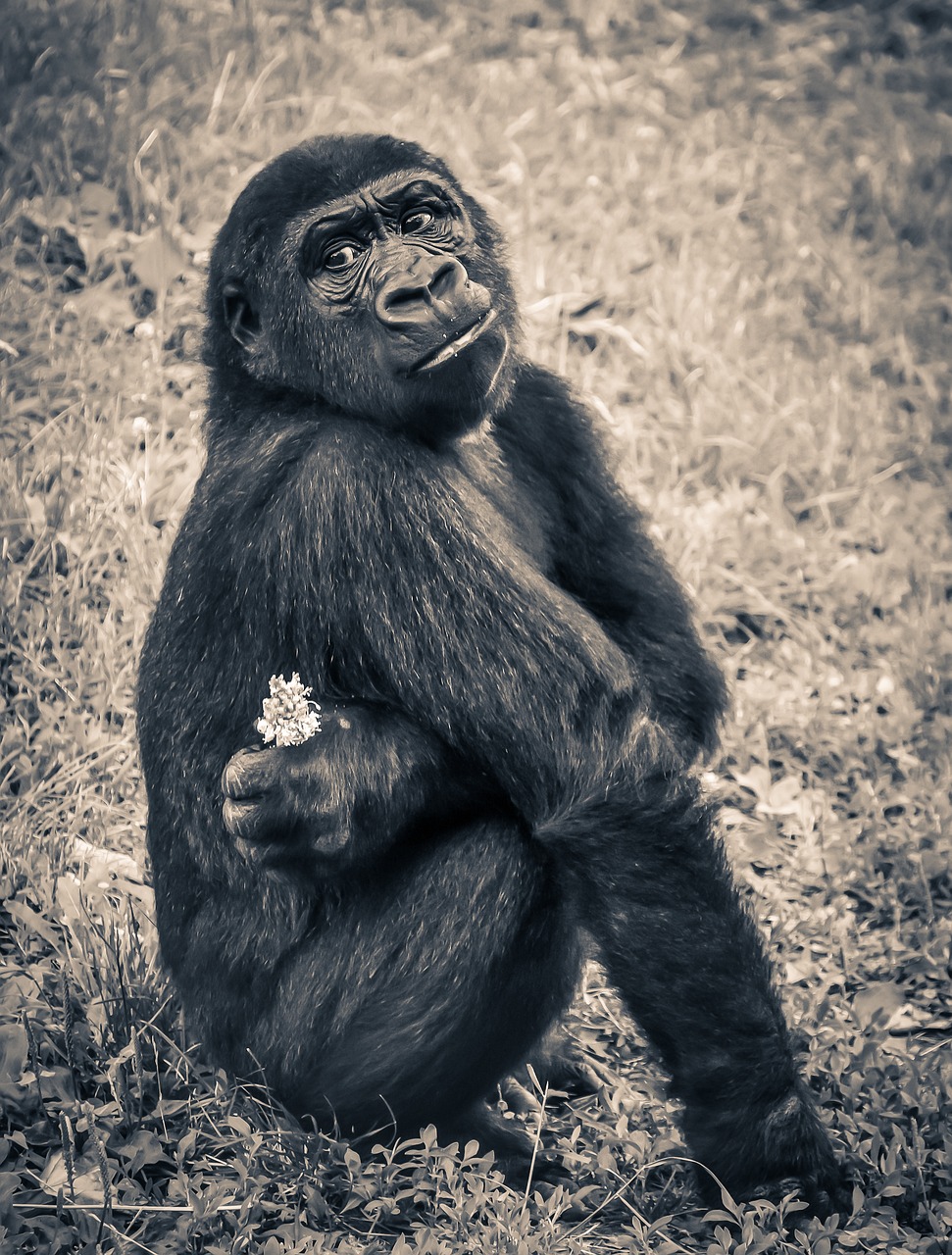So, picture this: vast open savannahs, the blazing African sun, and the unmistakable roar of the king of the jungle. Lions, those iconic creatures, have long captivated our imaginations and fueled our fascination with the wild. But here’s the thing, have you ever wondered if these majestic predators are in danger? In the face of changing habitats, poaching, and human-wildlife conflict, it’s a question that begs to be answered. Are lions in danger? Let’s dig into the facts and take a closer look at the present state of these awe-inspiring beings.
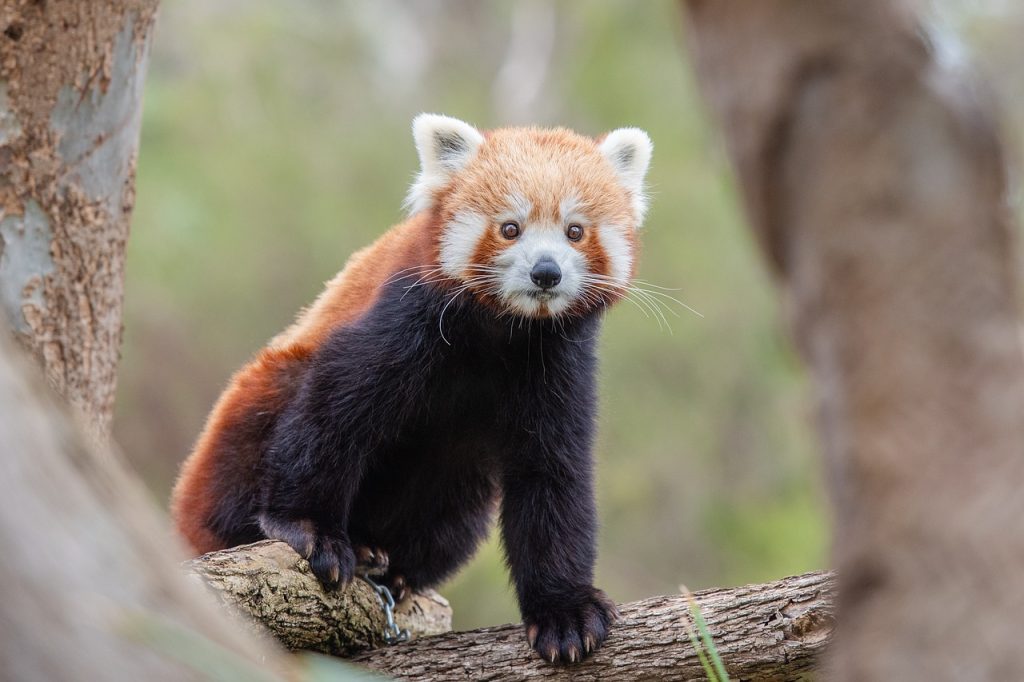
Habitat Loss
Habitat loss is a significant threat to lions and many other wildlife species. Human encroachment and agriculture have resulted in the destruction and fragmentation of their natural habitats. As human populations expand and agricultural activities intensify, large tracts of land that were once home to lions are being converted into farmland or urban areas. This relentless encroachment greatly reduces the available space for lions to roam, hunt, and thrive.
Deforestation also contributes to habitat loss for lions. Forests are being cleared at alarming rates to make way for agriculture, logging, and other human activities. These cleared areas are often converted into grasslands for livestock grazing or used for timber production. The destruction of forests not only eliminates vital habitats for lions but also disrupts the delicate balance of ecosystems and can lead to a loss of prey species, which lions rely on for food.
Climate change poses an additional threat to lion habitats. Rising temperatures, changing rainfall patterns, and extreme weather events can alter ecosystems and impact the availability of prey for lions. As climate change continues to unfold, the habitats that lions once thrived in may no longer be able to support their populations, leading to further decline.
Illegal Wildlife Trade
Illegal wildlife trade, particularly the poaching of lions for their body parts, is another grave concern. Lions are often targeted for their bones, skins, and other body parts, which are sought after for their perceived medicinal or decorative value. The demand for these items fuels the illegal wildlife trade, pushing lion populations to the brink of extinction.
Another alarming aspect of the illegal wildlife trade is the live lion trade. Cubs are often taken from the wild or bred in captivity and then sold to be used as pets or for display in entertainment facilities. This practice not only disrupts natural lion populations but also perpetuates the cycle of captive breeding, which has been linked to unethical practices and poor animal welfare.
Human-Wildlife Conflict
Human-wildlife conflict arises when the needs and activities of humans come into direct conflict with the presence of wildlife such as lions. One common form of conflict is livestock depredation, where lions prey on domesticated animals such as cattle, sheep, and goats. This can result in significant economic losses for local communities, as well as create animosity towards lions.
In response to livestock depredation, some communities resort to retaliatory killings of lions. This retaliatory killing is often carried out as a means to protect their livelihoods and safeguard their animals. However, this practice exacerbates the conflict and further threatens already dwindling lion populations.
Inadequate Conservation Efforts
Despite the recognition of the threats facing lions, conservation efforts are often inadequate. One major issue is the insufficient number and size of protected areas. Many existing protected areas are too small or fragmented to provide adequate space and resources for viable lion populations. Additionally, the establishment of new protected areas is often hampered by competing interests such as agriculture, infrastructure development, or conflicts over land ownership.
Another major factor contributing to inadequate conservation efforts is the lack of funding. Conservation initiatives require substantial financial resources for activities such as habitat restoration, anti-poaching patrols, and community engagement. However, funding for conservation efforts is often limited, and the available resources are often spread thin across various conservation projects and priorities.
Furthermore, anti-poaching measures, which are crucial for protecting lions and combating illegal wildlife trade, are often insufficient. Many areas lack the necessary manpower, equipment, and training to effectively tackle poaching and other illegal activities. As a result, lions continue to face the constant threat of poaching and habitat destruction.

Declining Prey Base
The decline in the number of prey species due to overhunting and habitat loss is a significant concern for lion populations. As human activities encroach on their habitats, lions are not only losing suitable living spaces but also access to their natural prey. This loss of prey base forces lions to compete for limited resources, and some are even driven to prey on livestock, exacerbating the human-wildlife conflict.
Overhunting, driven by commercial and subsistence hunting, has also contributed to the decline in prey species. This impacts not only the lions but also the delicate balance of ecosystems. When prey species populations decrease, it can lead to cascading effects throughout the food web, negatively impacting other wildlife species and disrupting the overall health and functioning of ecosystems.
Disease and Epidemics
Disease and epidemics pose another threat to lions and their long-term survival. Parasitic infections, such as tick-borne diseases and internal parasites, can have devastating effects on lion populations. These infections can weaken lions, making them more vulnerable to other threats and reducing their overall fitness and reproductive success.
Viral diseases are another concern. For example, lion populations have been devastated by outbreaks of diseases like canine distemper and bovine tuberculosis. These diseases can spread rapidly through populations, causing mass mortalities and severely impacting the genetic diversity and overall health of lion populations.
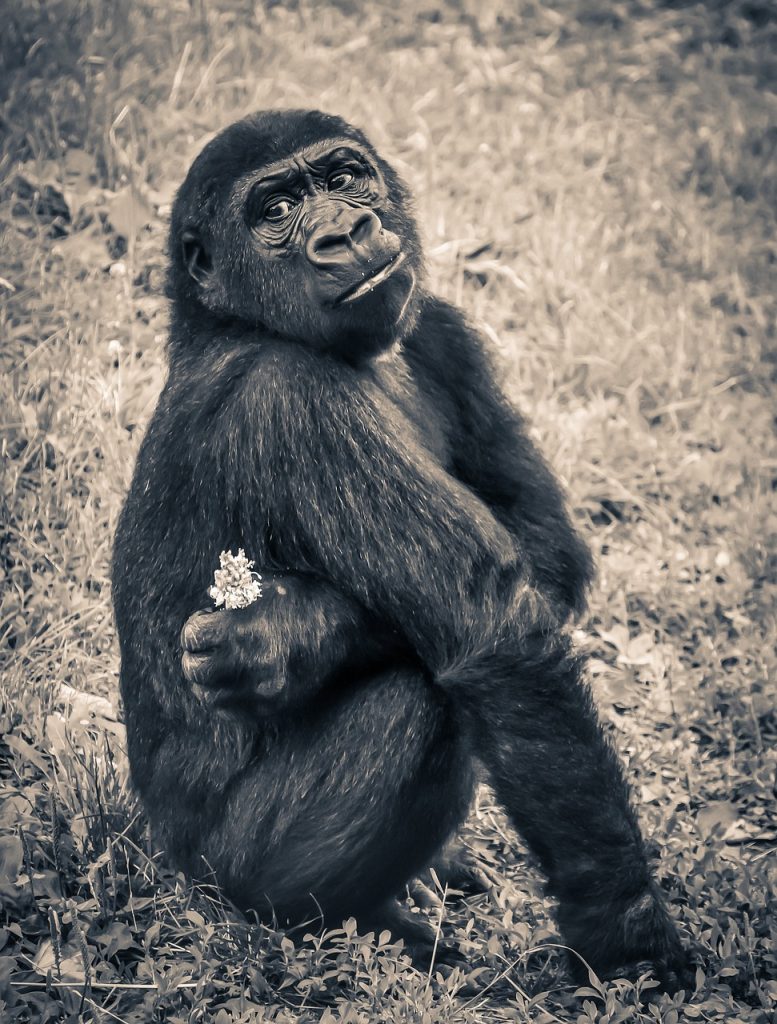
Genetic Diversity and Inbreeding
The loss of genetic variation within lion populations is a significant consequence of small population sizes and habitat fragmentation. As lion populations become isolated and genetically disconnected from one another, genetic diversity decreases. This loss of genetic variation can have serious consequences for the long-term survival and adaptability of lion populations.
Inbreeding depression is another consequence of reduced genetic diversity. Inbreeding depression occurs when individuals with similar genetics mate and produce offspring, which can result in reduced fitness, compromised immune systems, and increased susceptibility to disease and other threats. Over time, inbreeding depression can lead to decreased population viability and increase the risk of extinction for lions.
Natural Disasters
Natural disasters, such as droughts and floods, can have a significant impact on lion populations and their habitats. Droughts can lead to food scarcity, as waterholes dry up and vegetation becomes sparse. This scarcity of prey and water can lead to weakened lion populations, reduced reproductive success, and increased mortality rates.
Floods and other extreme weather events can also cause widespread habitat destruction. Floodwaters can wash away vegetation and disrupt ecosystems, displacing both prey and predators, including lions. The loss of habitat and disruption of ecosystems can have long-lasting effects on lion populations and hinder their ability to recover from other threats.
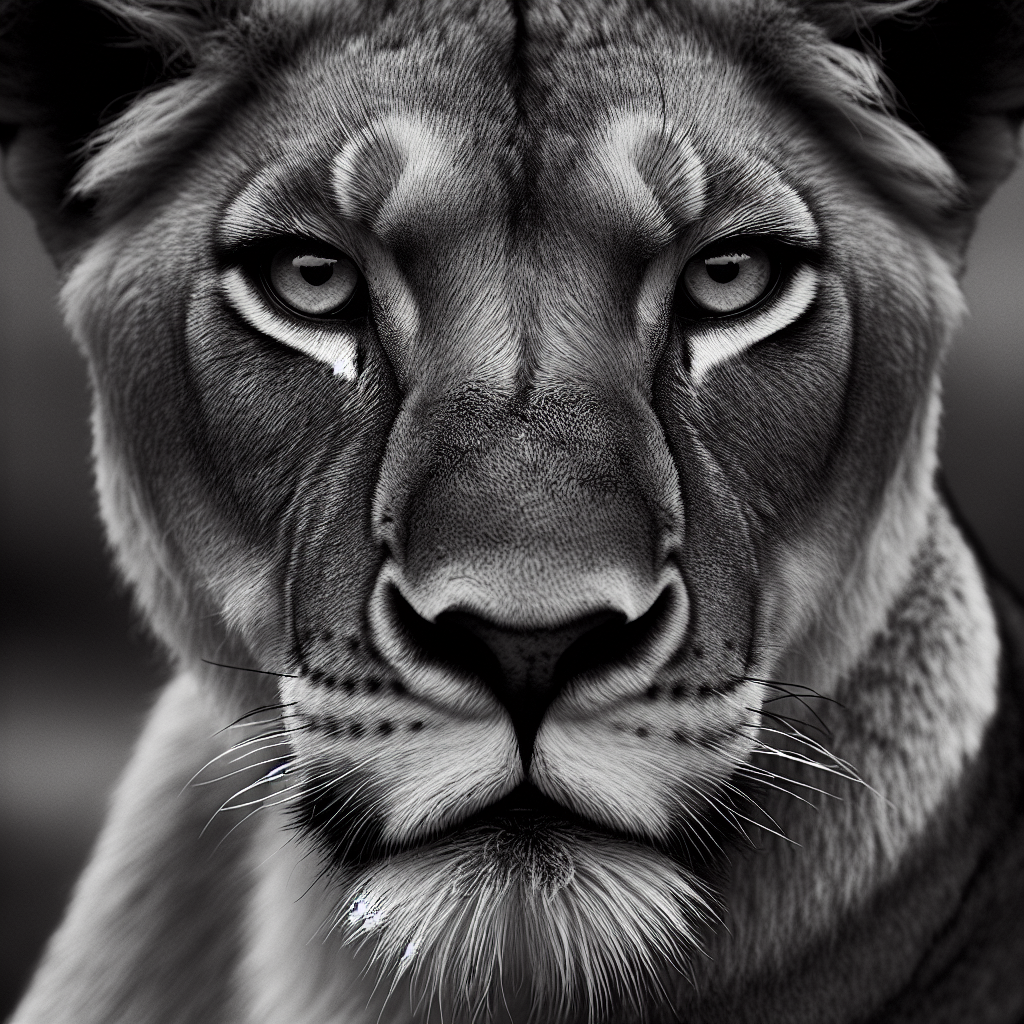
Climate Change
Climate change is a major concern for lion conservation. As temperatures rise and weather patterns become more unpredictable, lions face multiple challenges. Altered ecosystems and changes in vegetation patterns can result in a decline in suitable habitats and prey availability for lions. This forces lions to relocate or adapt to new environments, which may not always be possible or successful.
Climate change also increases the risk of disease for lions. Rising temperatures and changing rainfall patterns can create favorable conditions for the spread of infectious diseases. For example, warmer temperatures may facilitate the survival and transmission of parasites, while changes in precipitation patterns can alter the distribution of disease vectors. This increased disease risk further threatens already vulnerable lion populations.
Conservation Efforts and Success Stories
Despite the challenges facing lions, there are various conservation efforts and success stories that offer hope for their future. Protected areas and wildlife reserves play a crucial role in providing safe spaces for lions and other wildlife to thrive. These areas serve as essential refuges, offering protection from human encroachment, poaching, and other threats. The expansion and effective management of protected areas are vital steps towards conserving lion populations.
Community-based conservation initiatives have also shown promise in lion conservation. By engaging local communities and providing them with incentives to protect wildlife, these initiatives foster a sense of ownership and encourage sustainable practices. When communities benefit from wildlife conservation, they are more likely to support conservation efforts and coexist peacefully with lions and other wildlife.
Translocation programs have also been successful in restoring lion populations in certain areas. These programs involve capturing lions from areas of high population density and relocating them to suitable habitats where their numbers have declined. By reintroducing lions to areas where they once thrived, these programs help boost population numbers and restore ecological balance.
In conclusion, lions are indeed facing numerous threats that endanger their survival. Habitat loss, illegal wildlife trade, human-wildlife conflict, inadequate conservation efforts, declining prey base, disease, genetic diversity loss, natural disasters, and climate change pose significant challenges to lion populations. However, by implementing effective conservation strategies, investing in protected areas, engaging local communities, and promoting sustainable practices, we can work towards securing a future where lions can continue to roam the savannahs and maintain their rightful place in the natural world.
